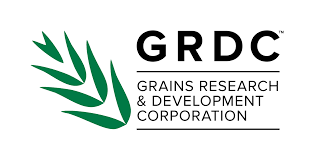

The aim of the project was to reduce the impact of acidic soils on plant growth and test the most practical and economical methods of incorporation of lime on duplex soils in the Central Southern Wheatbelt and compare against common top-dressing practice.
The objective is to give growers a greater understanding of different methods of lime incorporation and the most cost-effective practice locally and to extend on other research being conducted on varying soil types throughout the state.
CONCLUSION
This trial has been run over three different growing seasons and the soil amelioration methods have had time to consolidate there have been notable changes in the pH levels under different lime application rates and incorporation methods.
The results from the statistical data analysis conducted by SAGI West using a single year model showed that the effect of the pH treatment should weaken with time, with its affect on the soil pH only being significant in 2018. It also showed that there was no interaction between the pH treatment and the soil incorporation method.
The results of this analysis have been combined over multiple years of the trial using a MET analysis. This analysis showed that the best soil incorporation technique for increasing the soil pH was spading, which was true for all depths below 0-10cm. Although the highest application of lime (6t/ha) had the best results, at depths between 20-30cm and 30-40 cm, all treatments performed equally well, except for the control treatment (0 t/ha). From 2018 to 2020 an upward trend (increasing soil pH) was observed at the depths 20-30cm and 30-40cm, for all soil incorporation and pH treatments. However, the effect on a year by year basis for the top and subsoil (0-10cm and 10-20cm) from the soil incorporation and pH treatments did not show a definable trend, with the pH in 2020 being slightly lower or higher than the pH in 2018.
The results of the 2020 trial indicate that grain yield can be influenced by incorporation method. Lime application rate did not impact on grain yield however. Therefore, to increase grain yield producers should factor incorporation method into management decisions to boost productivity. Lime application rate was impactful on pH in the year of application, but did not correlate into an increased grain yield for subsequent crops. The pH levels of the soil may not have been acidic enough to impact on grain yield in this trial, hence the lack of response to lime application rate in grain yield.




